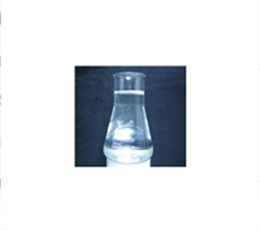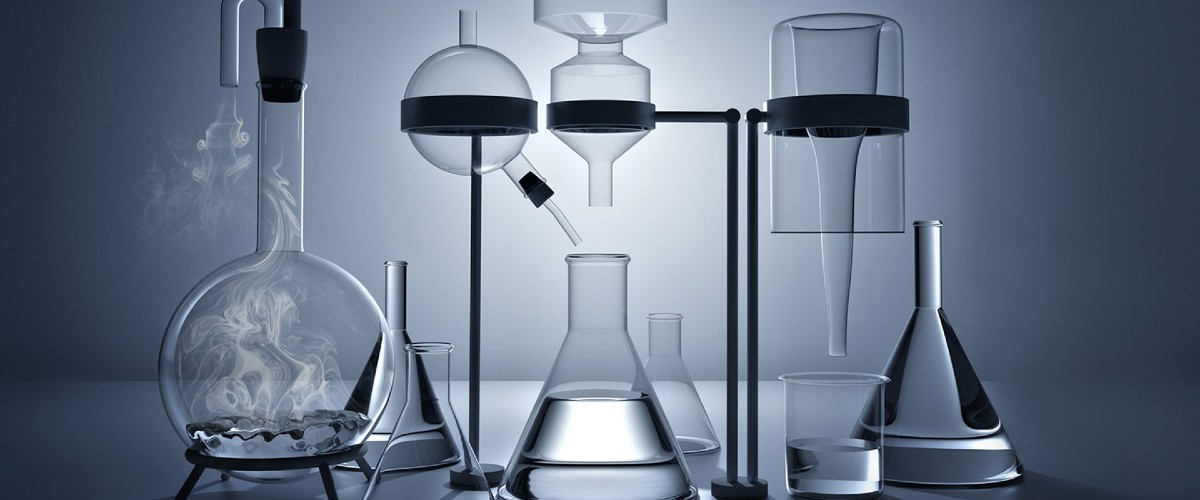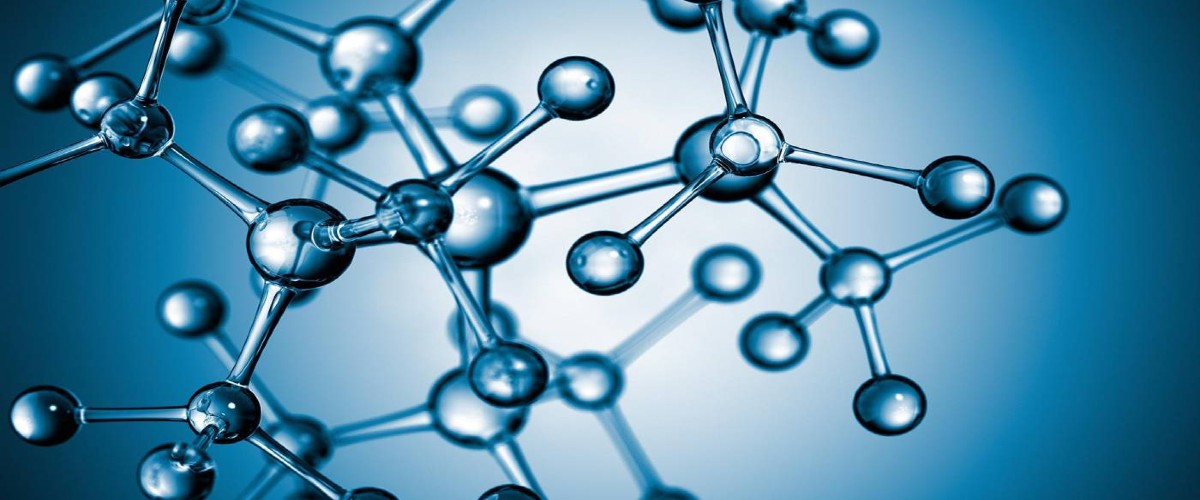NP10
 Nonphyllols occur in the chemical class of alkylphenols.
Nonphyllols occur in the chemical class of alkylphenols.NPS structure can vary. The Nonl Group can bind to the phenol ring in several places, frequency at 4 or 2 positions; may be branched or linear. Unentangled, 4-nonylphenol is produced mostly from nonylphenol produced and marketed. Although the naive NP10s are colorless, the mixture of nonylphenol growths is amber yellow. Insoluble in water, but soluble in alcohol.
Nonlphenol is formed from the environmental degradation of nonylphenol ethoxylates with metabolites of commercial detergents called alkylphenol ethoxylates. Nonyl phenol ethoxylates are clear liquid orange in color.
Non-phyllol ethoxylates are non-ionic in water, no charge. Because of these properties, it is also used in detergent, cleaner, emulsifier and various other syntheses. They are anphipatiċi (having both hydrophobic and hydrophobic properties), which allows them to isolate non-polar materials such as petroleum and gray.
It is used as an additive in the manufacture of antioxidants, lubricating petroleum additives, laundry detergents and washing dishes, emulsifiers and solubilizers.
at NP 10; Alkylphenol ethoxylates and nonylphenol ethoxylates are also precursors, a non-commercially important surfactant used in detergents, paints, pesticides, personal care products, and plastics.
It has been observed that the non-filling endocrine and Xenoestrot system works due to the excess and estrogen-like activity action in the environment. Estrogenicity and biodegradation depend mainly on branches of the nonyl chain.
In agriculture, it is used together with rosin resin in the production of adhesives, as its surface tension is reduced and has a good position.






